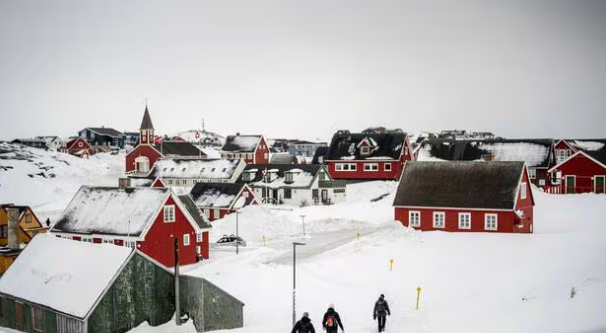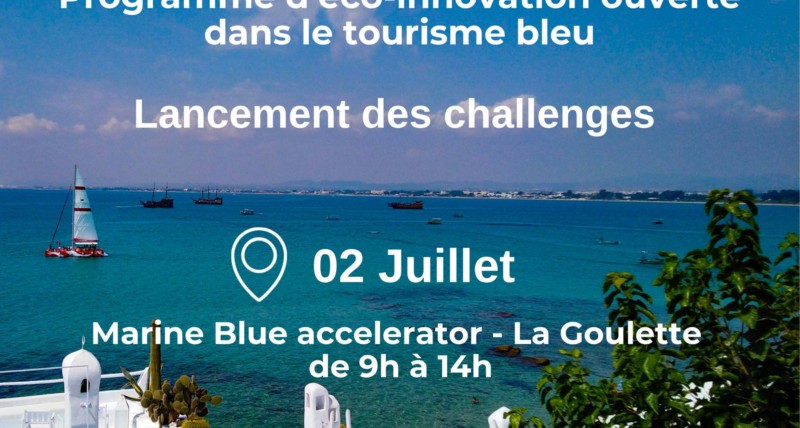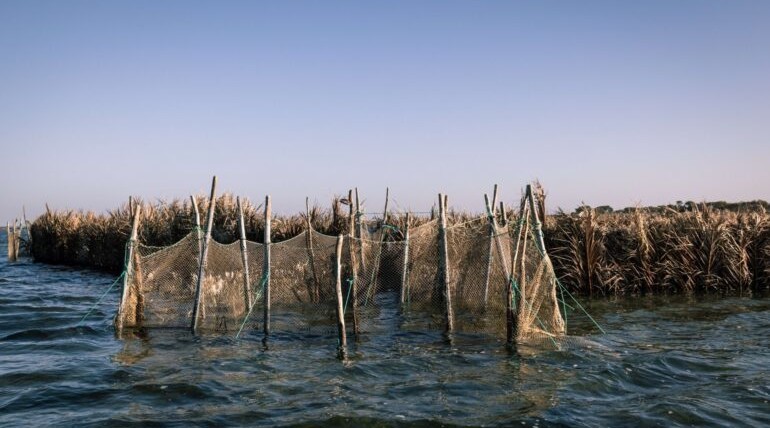« Despite the incomprehensible silence of Europeans, a race against time has begun. Greenland could very quickly shift from being an overseas territory of an EU member state to becoming a U.S. protectorate, » explains Laurent Marchand, deputy editor-in-chief and editorialist in charge of Europe and international affairs at Ouest-France.
It is a vast space, located between the North Atlantic and the Arctic. Sparsely populated – with just 57,000 inhabitants – Greenland is an autonomous territory that depends on the Danish Crown. Like an overseas possession. A territory, therefore, European, even though it is geographically closer to the Canadian coasts.
Under the association agreement that links this territory to the European Union, its inhabitants are considered EU citizens and can settle in the Union just like nationals of other member countries. Even though, in 1982, Greenland decided to leave the Common Market (EEC) through a referendum.
Dormant in the ice, Greenland has long been a strategic asset. Its natural resources (gold, uranium, oil, rare earths), relatively underexploited so far due to climatic conditions, have been coveted for a long time. As early as 1867, U.S. President Andrew Johnson had considered acquiring it, following the purchase of Alaska.
More recently, China has shown strong interest, even entering into agreements with large companies (including Danish and Canadian firms) for uranium exploitation. However, in 2021, the local parliament banned the exploitation of radioactive products. Russia, for its part, has always been equally attentive to the geopolitical position of this territory, particularly concerning Arctic navigation routes.
American Interests
All of this existed, but without much fanfare. However, with climate change, Russian expansionism, the rise of China, and the return of Donald Trump to power, the Arctic is no longer a sanctuary free from geopolitical tensions. Strategically, Greenland represents a crucial surveillance and anti-aircraft warning base for the United States, which occupied the island during World War II and signed a defense agreement with Denmark as early as 1951.
Navigation, too, is becoming a major issue. Last year, nearly 38 million tons of Russian freight navigated the Northern Sea Route, according to the Russian government. The use of icebreakers is still necessary and costly, but for how long?
While the world seems to be returning to an era of territorial expansion by great powers, Greenland’s sui generis status appears more fragile than ever. Its inhabitants, 98% of whom are Inuit, have long dreamed of independence and have often used foreign interests as leverage to pressure the former colonial power, Copenhagen. But in recent weeks, they too are worried. By repeatedly announcing his intention to take control, by force or consent, President Donald Trump is serious. He even invokes the national security of the United States. Rare minerals and maritime routes are crucial issues for the future. If the standoff with Moscow and Beijing goes poorly, Trump signals to the world that he too has an Ukraine or Taiwan within his reach.
Despite the incomprehensible silence of the Europeans, a race against time has begun. Greenland could quickly shift from being an overseas territory of an EU member country to an American protectorate. « Greenland is not for sale, » insists the new head of the Greenlandic government. But there is a very large buyer nearby, clearly ready to make an offer they can’t refuse.
Source: ouest-france




